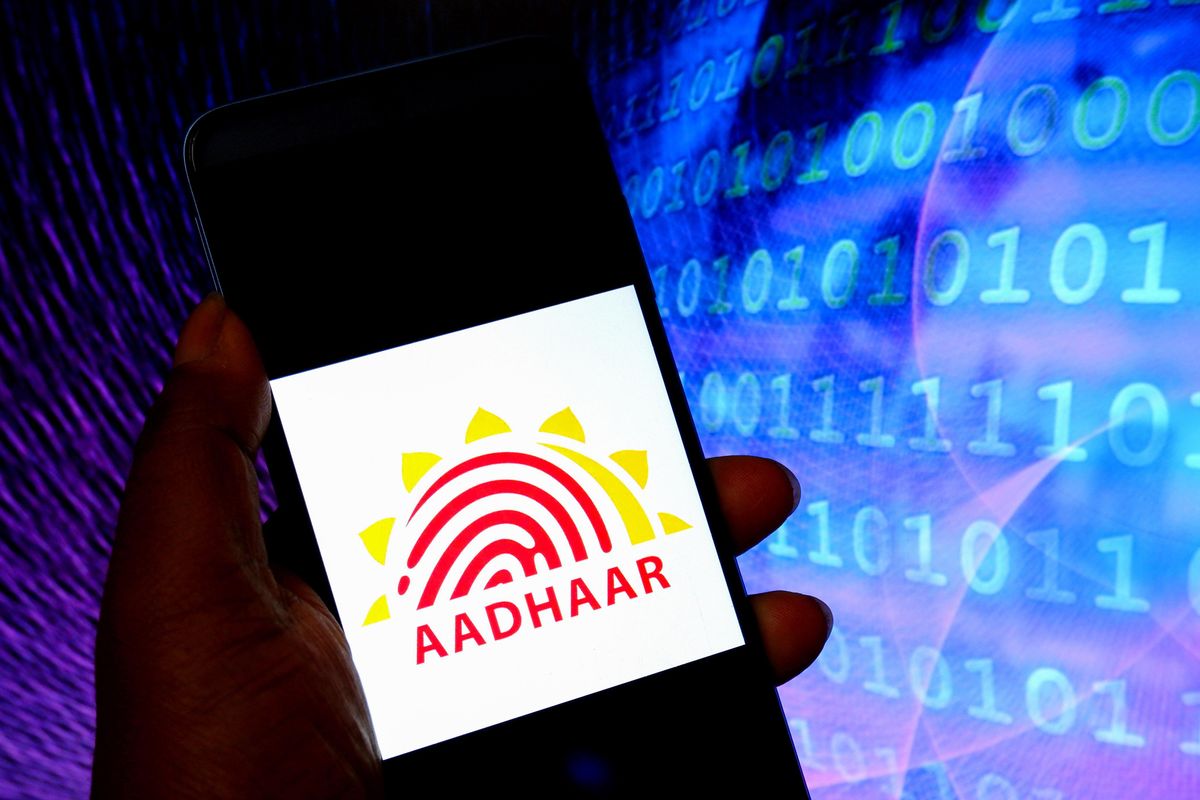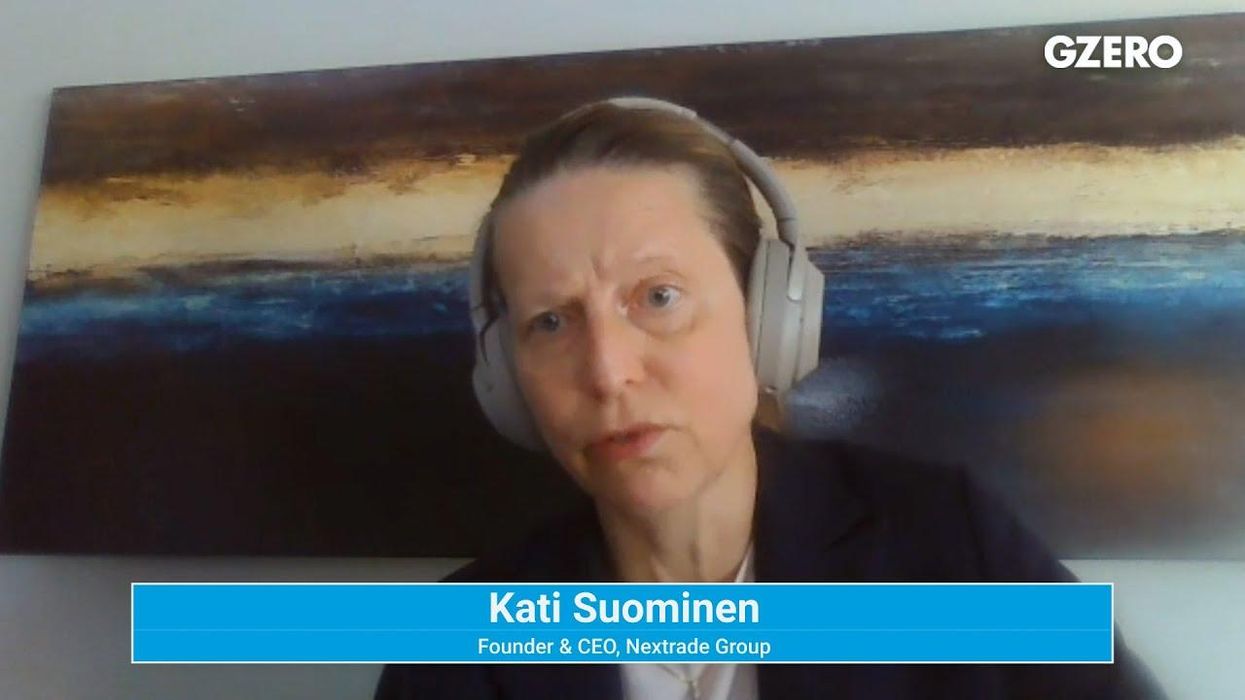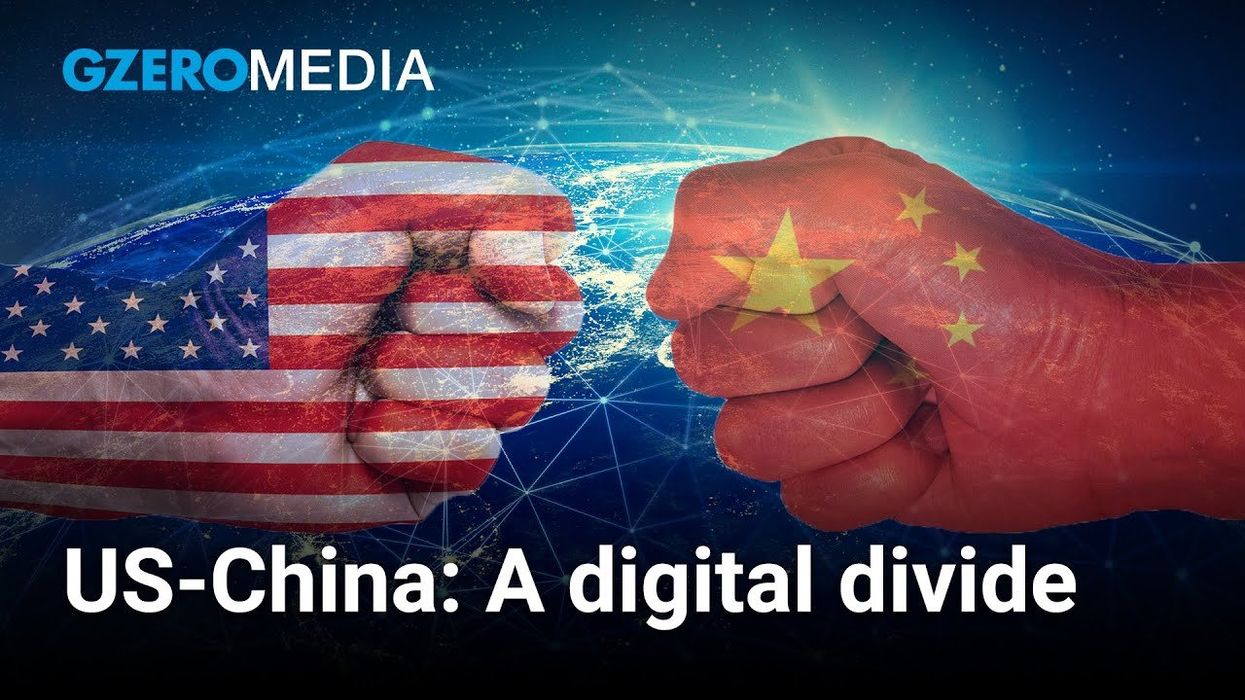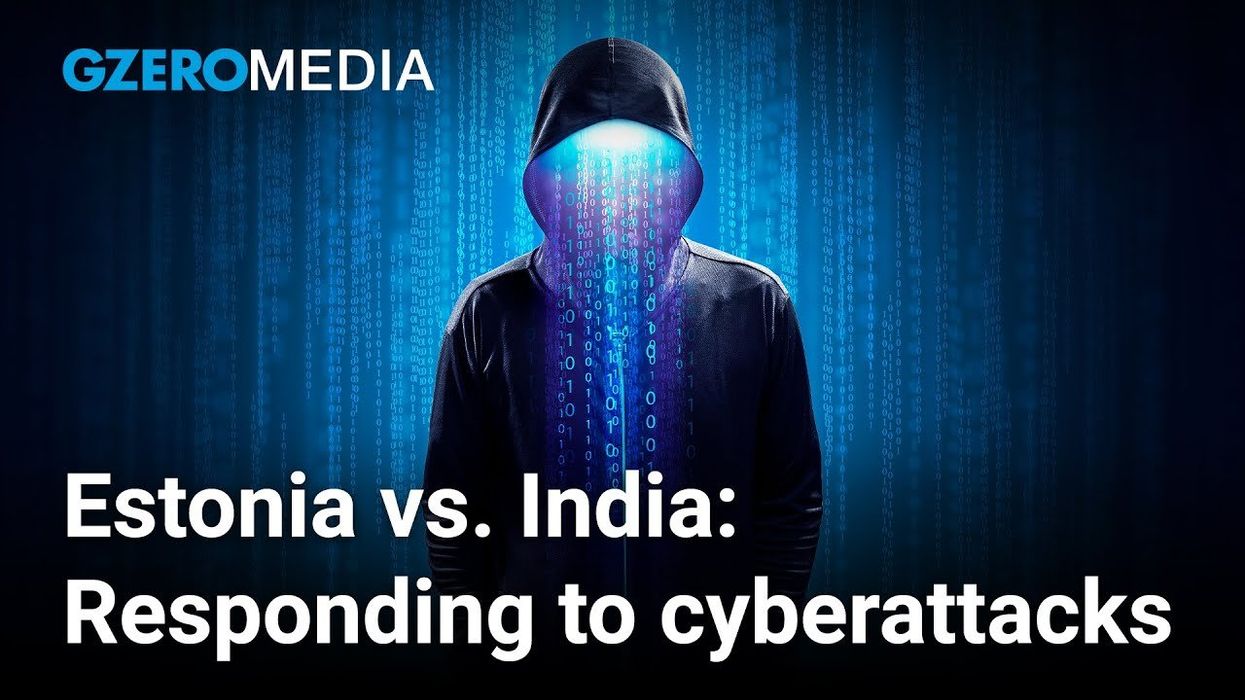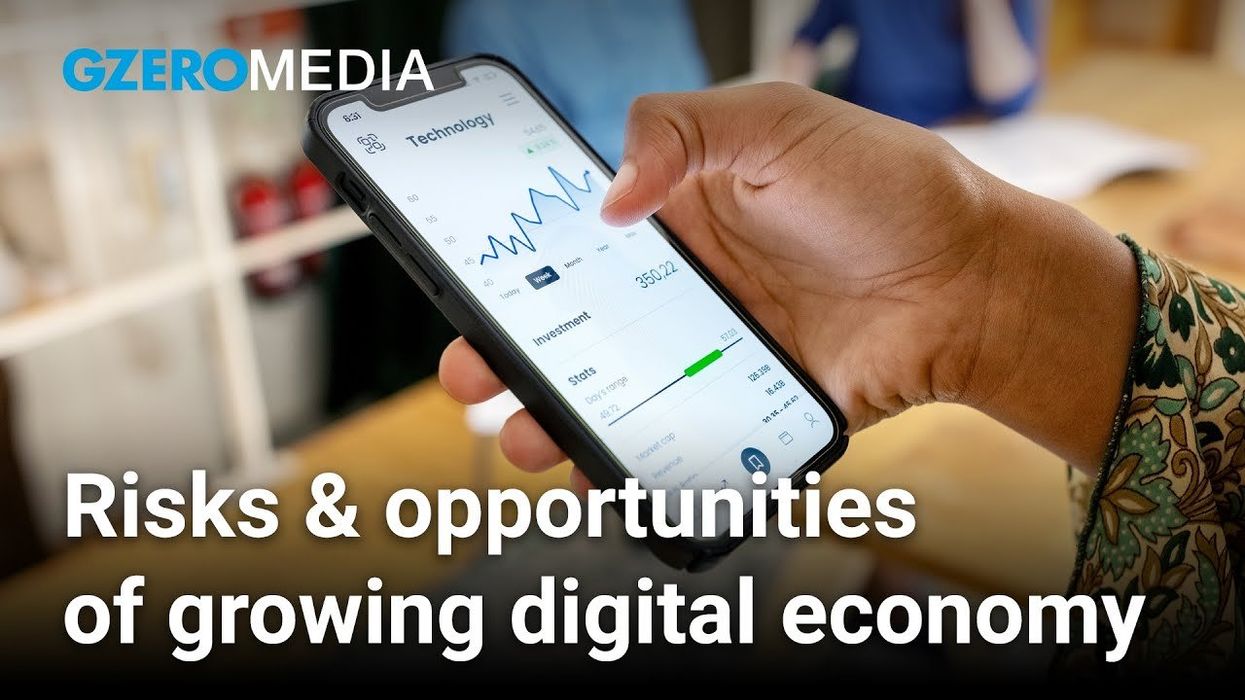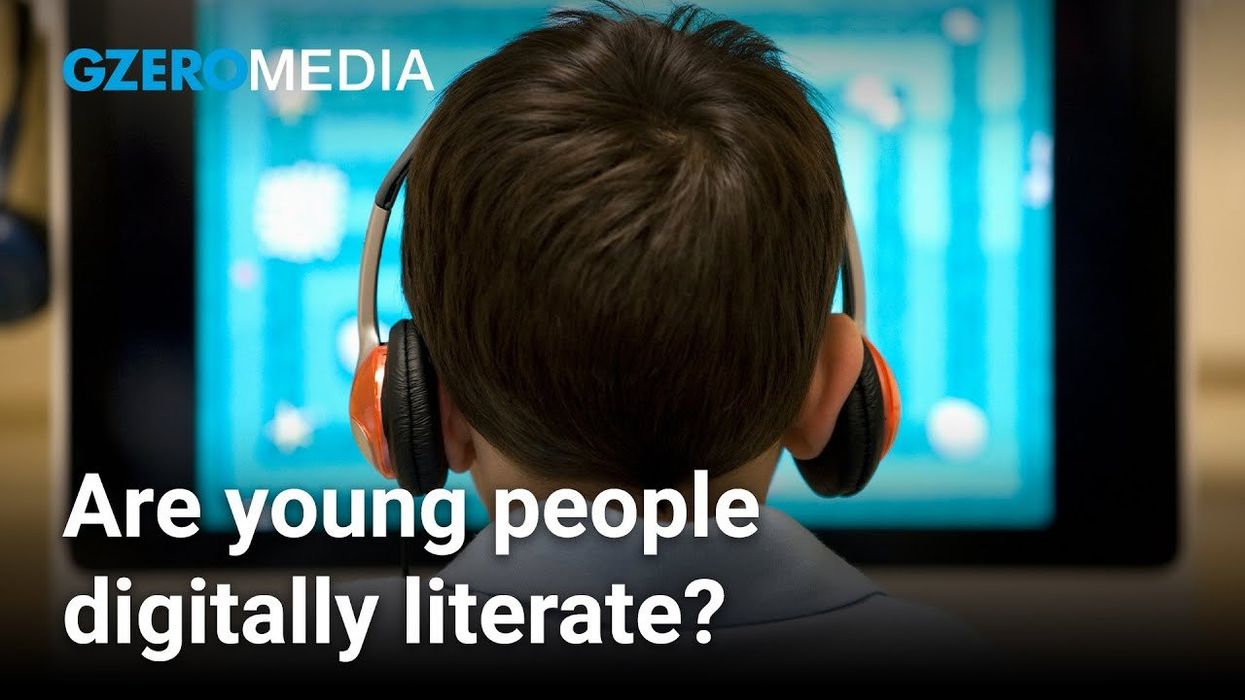The advent of digital IDs
In poor countries, many are born without birth certificates or identification, a problem that leaves them unable to participate in modern society because they can’t prove who they are. Those without papers can’t open bank accounts, and governments can’t track transactions conducted entirely in cash, meaning they can’t tax people they can’t find. In turn, this lost revenue makes it harder for countries to provide much-needed public services. Before Aadhaar, a biometric ID system issued in India, more than one billion people in that country, and the government in Delhi, faced this very challenge. The Aadhaar system uses thumbprints and iris scans to establish identities and bring people onto the grid. It provides a unique 12-digit number to every user and allows authorities to transfer funds for state pensions, fuel subsidies, and other government help directly into bank accounts created for people who’ve never had access to such things. In important ways, this system is a triumph in human development, but there is a potential downside: In a country where rule of law isn’t firmly entrenched, if a government can put money directly into your bank account, it can also withdraw it. That power could one day become a tool of coercion that political leaders in countries that use similar ID systems can use to enforce obedience from millions of people. There is also the risk of hacking and identity theft, a problem that can only be managed gradually as problems emerge. These are risks we’ll see in many developing countries in the coming years.
Digital transfers to the rescue!
When pandemic lockdowns forced millions out of work, the government in the small West African nation of Togo faced a challenge of how to get emergency cash transfers to people quickly and safely. Having people wait for hours in crowded government offices wasn’t just inefficient; it was a public health risk. Within 10 days, the Togolese government set up NOVISSI, a digital cash transfer system accessed via mobile phone. Using machine learning to identify the most vulnerable individuals, the program quickly covered a quarter of Togo’s adult population. Across the globe in Chile, meanwhile, the Cuenta RUT digital transfer program got pandemic relief funds directly and securely to 2 million of the country’s poorest citizens. In emerging markets, there are now more than 150 digital cash transfer programs today. They get cash into needy hands fast while also introducing people to digital financial services more broadly. But technology alone isn’t always enough: After a recent pilot digital cash transfer program for disaster relief in Bangladesh, for example, only a tiny percentage of recipients kept using the tools. Work must still be done to overcome issues of trust, confusing interfaces, and — in the case of women — cultural norms that have limited their access to the platforms altogether.
A crypto cautionary tale
Just over a year ago, the small Central American nation of El Salvador became the first country in the world to adopt a cryptocurrency — in this case, bitcoin — as national tender alongside the US dollar. The government of Nayib Bukele, a millennial populist with an authoritarian streak, spent millions to boost the idea. Bitcoin, he believed, would broaden financial inclusion in a country where only around one-third of the people have a bank account, bolster El Salvador’s financial independence, and streamline remittances, which make up a quarter of GDP. Things started well enough: The state created digital wallets for the population and gave everyone $30 of bitcoin as a bonus. There were even plans for a Bitcoin City financed entirely by coin-backed bonds. But so far the strategy has been more dip than boom. The currency has lost 60% of its value since its adoption, no small matter in a debt-wracked country that needs help from the IMF. And among the public, Bit never quite hit: Only 20% of Salvadorans used bitcoin after spending the initial $30 knot, and just one in five businesses accepts the currency. What's more, less than 2% of remittances last year arrived as bitcoin. The biggest challenges so far have been a lack of trust in cryptocurrencies and insufficient access to cell phones (only 2 out of 3 Salvadorans have one), which have hobbled the project.
This article comes to you from the Signal newsletter team of GZERO Media. Sign up today.
